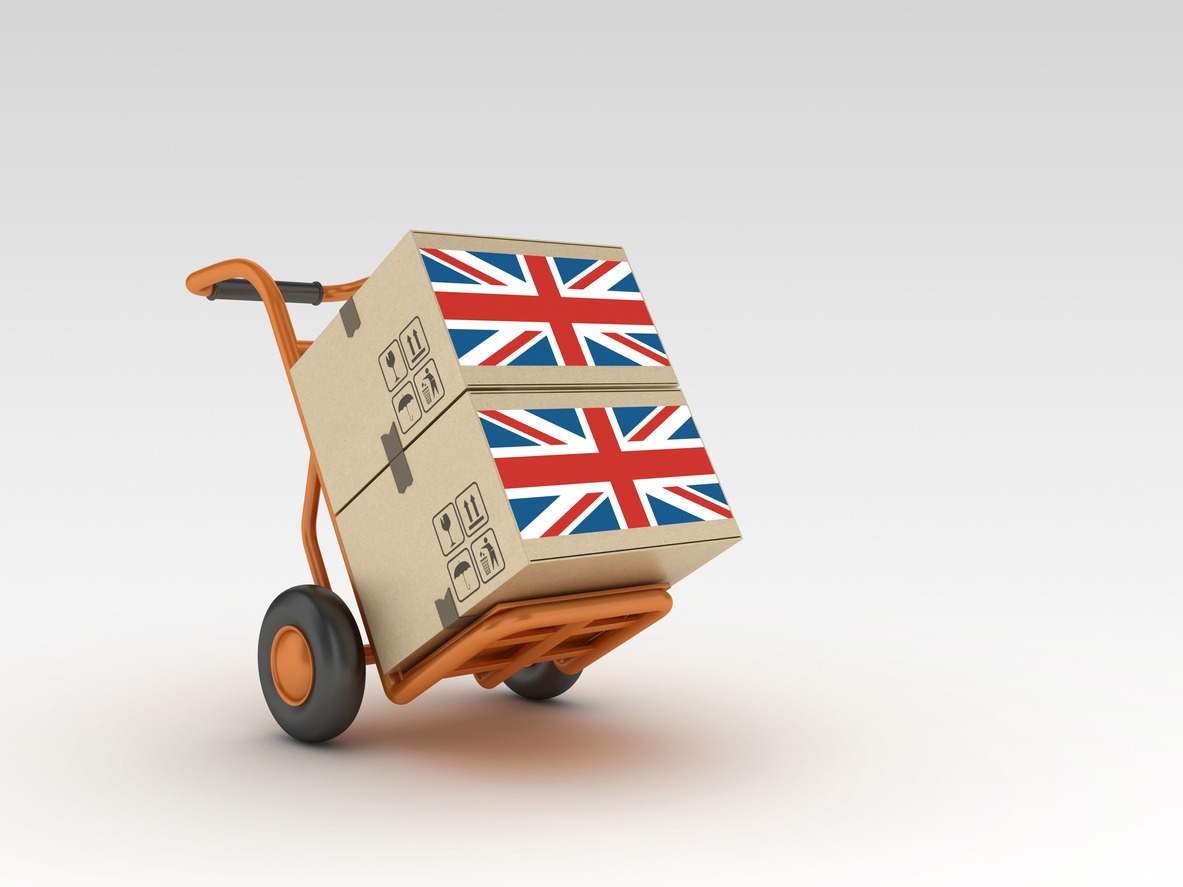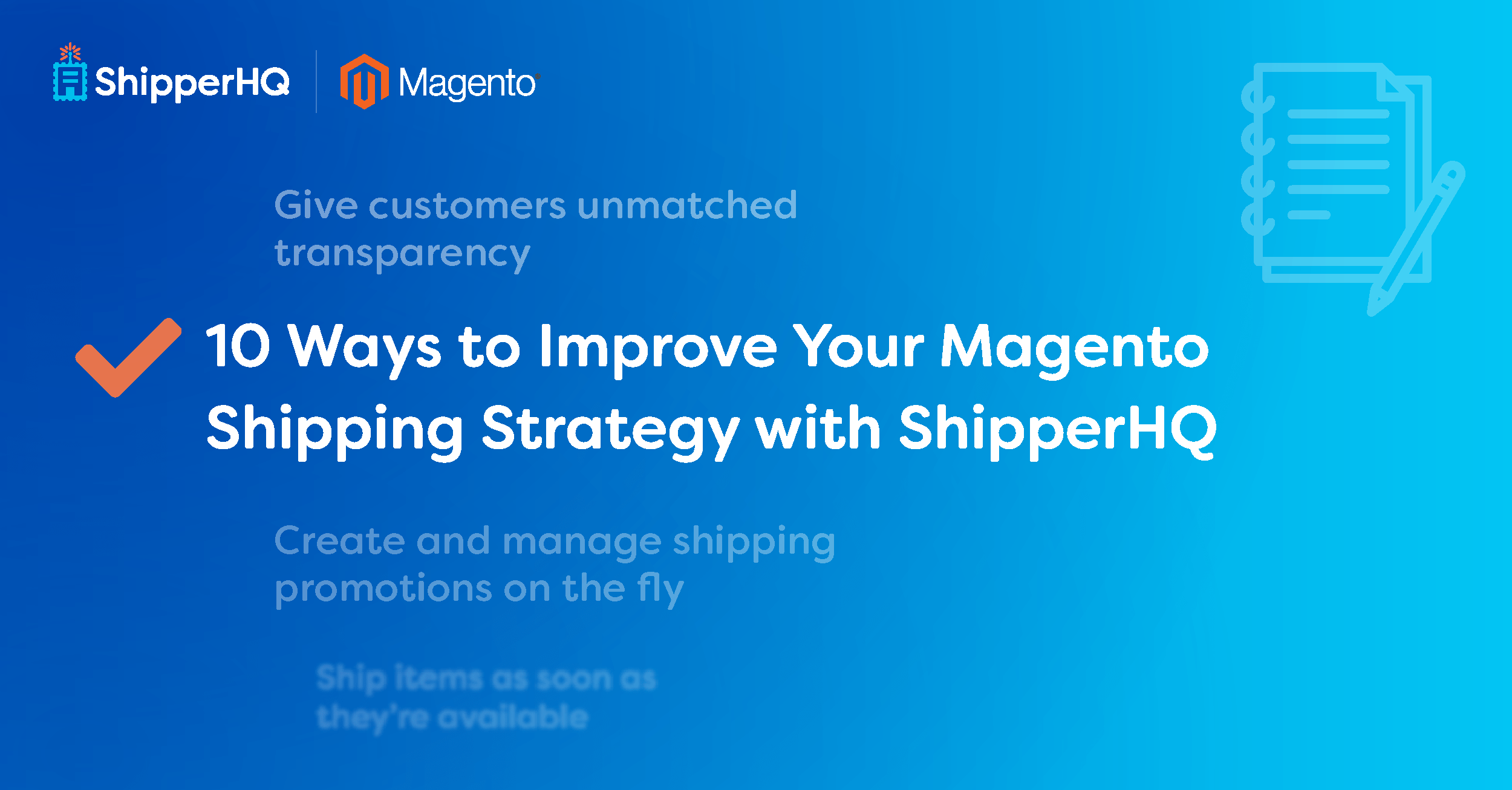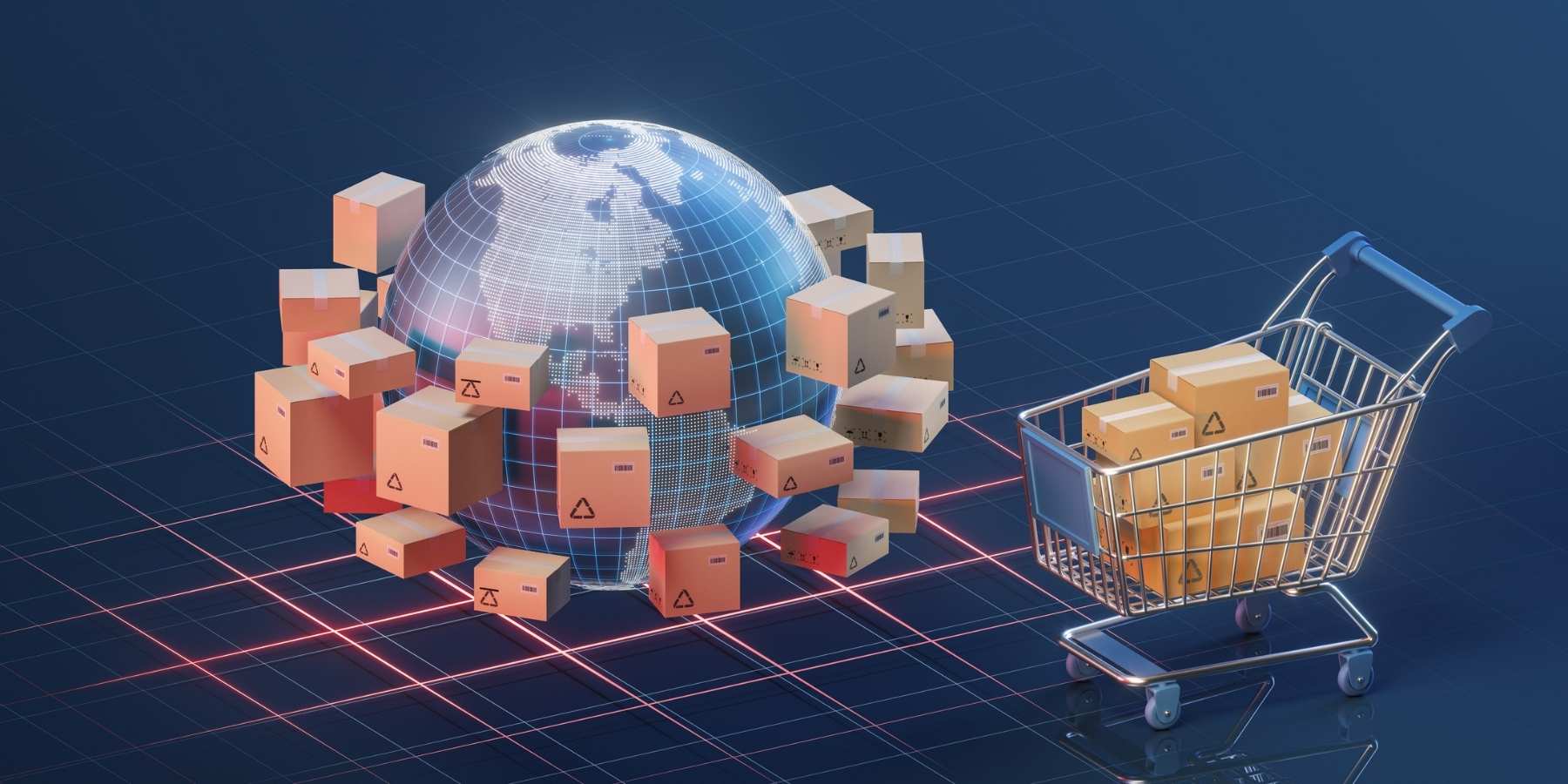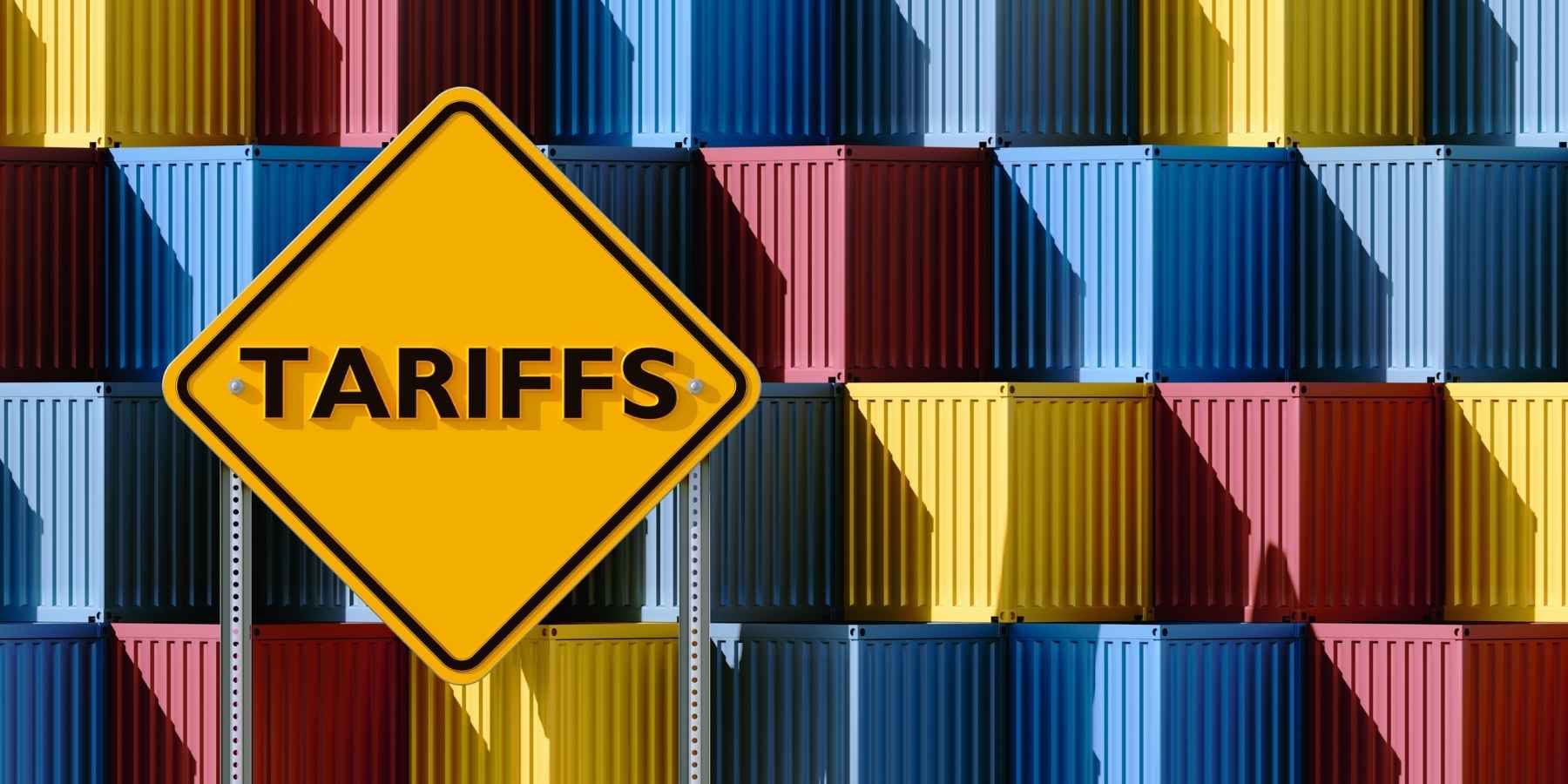The United Kingdom has officially withdrawn from the European Union as of December 31, 2020. Here’s how ecommerce businesses can adapt to stay ahead of tax and import changes during the ongoing transition.
Brexit came about after a 2016 referendum asked UK citizens to vote on withdrawal from the European Union. The measure passed by a narrow margin. A long and arduous process followed, with three major delays setting the process back more than one and a half years. Finally, the withdrawal agreement was ratified by the UK in January 2020.
The EU + UK Trade and Cooperation Agreement
Following the withdrawal, the EU–UK Trade and Cooperation Agreement was proposed and finally ratified by the UK government in December 2020. While the European Parliament has not yet ratified it, in early 2021 it’s expected to pass.
The agreement allows for free trade of most goods with no tariffs or quotas. Although trading does not come at a cost, companies are still required to comply with customs regulations. Primarily, paying for customs fees and VAT (value-added tax). This also means companies must provide paperwork proving the origin of their goods. These documents are called rules of origin paperwork and are in place to prove that goods have been locally sourced, in agreeance with the new rules.
Thankfully, there is a one year grace period currently in place for traders to allow them to gather the documents required. This is essential for businesses selling third-party goods, who need time to source and track each imported piece.
Brexit Shipping Issues
Despite the grace period, companies are already facing severe challenges with shipping between the UK and the EU.
Brands like Helen White’s Houseof.com lighting company, which manufactures in China, have faced a six-fold increase in shipping costs.
“We were paying £1,600 per container in November. But this month we’ve been quoted over £10,000,” she says.
The skyrocketing costs are due in part to a shortage of container supply, thanks to a surge in demand during the 2020 pandemic. But paired with the timing of Brexit, it’s a perfect storm for both importers and exporters. One shipping line recently offered a rate of $12,050 USD to ship a 40-foot container from China to Southampton, but quoted just $8,450 USD for the same container to travel to Rotterdam, Hamburg, or Antwerp, highlighting an unprecedented premium on British port real estate.
Consumers are also feeling the effects of Brexit shipping restrictions.
When UK shopper Ellie Huddleston ordered a coat online in January 2021, she was unaware of the fees she’d need to pay to receive it. Having ordered from a European brand, she was on the hook for the customs fees and VAT for UK import. Ultimately, Huddleston was asked to pay an additional £82 for a £200 order. And after experiencing severe delays, she ended up returning the order to avoid the additional costs.
“I had no idea at all I was going to be charged any more for deliveries after Brexit. The extra costs were definitely a bit of a shock,” Huddleston said.
Under the trade agreement, any item that comes to the UK from the EU is eligible for a VAT bill, often charged at 20%, and a customs duty, which can cost up to 25% of the item’s value. Typically, couriers are on the hook for collecting these fees for the government.
Preparing for Brexit Shipping Challenges
Though it sounds daunting, there are many ways for retailers to get ahead of any issues.
Understand the UK-EU Trade and Cooperation Agreement
The first step in mitigating these Brexit shipping challenges is to read and fully understand the agreement. Though complex in some parts, the main thing you need to know is that VAT and customs fees will often apply to orders. Tariffs and duties do not apply. The costs associated will depend heavily on the value of goods you’re shipping.
Because your items are sold online, costs should readily be available. Be sure to have this information on hand when calculating extra fees. In addition, you need to start gathering rules of origin paperwork for all products and materials to prepare for the end of the 2021 grace period.
Register for an EORI number
To ship between the UK and EU, you’ll need an EORI (Economic Operator Registration and Identification) number. The EU requires any business importing or exporting goods to have an EORI number.
Companies on both ends of the supply chain will need separate EORIs for their respective countries. So for example, if a Dutch company ships to the UK, they will also need a UK EORI number. For a UK company shipping to the Netherlands, a Dutch EORI will be required. You can apply for a UK EORI number here.
Classify goods correctly
Getting descriptions and classifications of your products right can make a significant difference in the cost of customs fees and VAT.
- HS Codes (harmonized system) are numbers used to classify your products. These codes have at least six digits, and are more than 200 countries use them. They cover more than 98% of goods, so it’s very likely that one exists for your products. Be sure to correctly enter the HS code on your products to avoid shipment delays and incorrect VAT charges.
- Description of Goods is vital to an accurate shipment. The description needs to clearly state brand details, material makeup, and any other relevant information. The more robust the description, the better.
- Origin of Goods is a new requirement when shipping between the UK and EU. Retailers need to confirm where the goods originated, all the way down to each component or ingredient. Goods eligible for tariff-free trade under the TCA must include an accurate statement of origin on the commercial invoice.
- Value of Goods should reflect the true value of the goods inside. This should show the market value of the products in the appropriate currency.
Understand the need for commercial invoices
Under the TCA, all shipments need to have a commercial invoice attached. This helps customs authorities gauge whether goods are eligible to go between countries. Plus, these invoices determine whether additional fees are required.
You can expedite the process by uploading these invoices electronically using ETD (Electronic Trade Documents). Many carriers have their own portal for uploading ETDs. For example, FedEx offers FedEx ETD Post-Shipment Document Upload (PSDU), which lets customers upload customs documents directly. It can also help estimate duties and taxes.
Get a clear picture of customs and clearance requirements
Amongst the changes introduced by the TCA are a bevy of complex requirements for shipping different goods. No matter what you sell, it’s important that you research these rules to understand whether they affect your products.
While some products may simply be subject to extra inspections at borders, others may carry heavy customs fees or restrictions. Check the UK’s website regarding Brexit imports and exports to see how they affect your products.
Ensure customers are aware of changes
To avoid the kind of sticker shock described above, retailers need to be absolutely transparent with customers, especially in the early stages of the Brexit transition. While most charges are calculated upon import, communicating an estimate of additional fees to customers is crucial. Use the FedEx 2021 Brexit Guide as a resource to help your customers stay in the loop.
Brexit Shipping: Final Thoughts
When shipping internationally—whether to the UK or elsewhere—retailers need the right tools to automate their processes. By combining the ease of cross-border logistics with the advanced shipping rate management features that make up ShipperHQ, you can create a shipping strategy completely catered to your needs and requirements.






